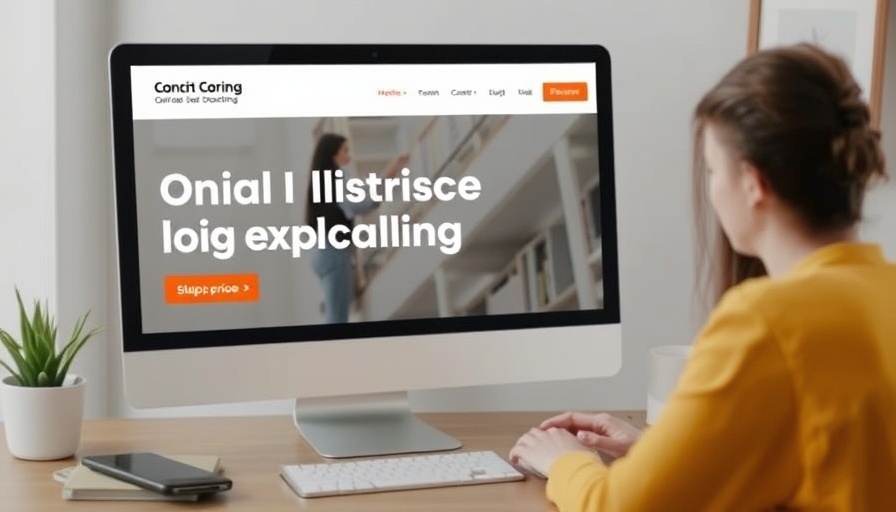
Deciding Whether to List Prices: What Coaches Need to Consider
In today's competitive landscape, many coaches, speakers, and trainers face a crucial question: Should I list prices on my coaching website? This inquiry opens the door to various considerations that can shape one’s business model and client relationships. As you ponder this decision, let’s explore the implications and strategies that can help you navigate this important choice.
The Case for Transparency: How Listing Prices Can Enhance Client Engagement
One significant advantage of displaying prices is the potential to boost the quality of incoming leads. By providing clear financial expectations, clients can evaluate whether your services align with their budgets. This practice fosters an environment of transparency which is foundational to trust-building in any coaching practice.
When clients approach your website and see clear pricing, they self-select based on their needs and financial constraints. This process means that you are likely to hear from individuals who are genuinely interested and capable of engaging your services—saving you valuable time and effort in the long run.
Understanding Your Audience: A Customized Approach to Pricing
Ultimately, the decision should be rooted in understanding your audience. Different demographics have varying expectations concerning pricing transparency. For example, corporate clients often prefer to see comprehensive pricing structures that reflect their organizational needs, while individual clients might value a more flexible pricing model that responds to their specific situations.
By adapting your pricing strategy to fit the expectations and preferences of your target audience—predominantly female educators within the income bracket of $40,000+—you can enhance trust and engagement. Your pricing should not only reflect your services but also resonate with your potential clients' values and budgets.
Flexibility in Pricing: Meeting Diverse Client Needs
The reality is that there is no universal answer to whether coaches should list prices. A flexible pricing model can cater to diverse client needs by offering different rates for distinct service offerings. For instance, straightforward products, like downloadable guides or toolkits, may effectively list prices while more complex services, such as coaching packages, might benefit from an inquiry approach.
By providing potential clients with the option to inquire for pricing, you facilitate a conversation about their needs and establish a tailored solution, further enhancing the client experience.
Leveraging Automation: Streamlining Client Interactions
In this digital age, technology can play a pivotal role in how coaches convey pricing information. Utilizing forms or chatbots on your website can help gather relevant details from potential clients, enabling you to provide customized pricing without necessitating a direct conversation immediately.
This method simplifies the process for both parties, allowing potential clients to receive targeted information quickly while still feeling supported in their decision-making process.
Building Trust through Transparency: The Long-Term Benefits
Ultimately, transparent practices lead to stronger client relationships. When clients see that you are open about your pricing, they are more likely to perceive you as trustworthy and credible. This trust can translate into longer-term engagement and loyalty, setting a solid foundation for your coaching practice’s success.
Final Thoughts: The Power of Strategic Pricing
As you contemplate whether to list prices on your coaching website, consider the implications discussed above. Transparency can build trust and enhance client relationships, while a flexible approach can cater to diverse audience needs. In an industry where connections matter, taking the time to evaluate your pricing strategy could pay dividends in the long run.
As you move forward, remember that your unique strengths, coupled with a clear pricing strategy, can position you dynamically within your market. For more tailored insights, connect with experts who can help shape your business model and client interactions. Your coaching journey deserves thoughtful planning, and understanding your audience's expectations is a crucial step.
 Add Row
Add Row  Add
Add 




Write A Comment